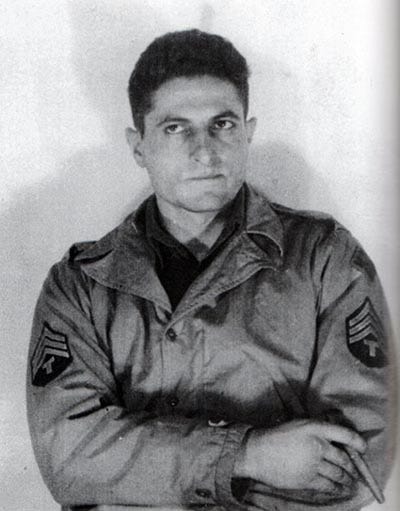US infantrymen become 'killers'
20th November 1944: A sergeant with the 22nd Infantry Regiment reflects on mounting casualties and how the harsh reality of war is changing men
The 22nd Infantry Regiment had landed on Utah Beach on D-Day and had been in almost continuous action ever since. They had been the first unit to breach the Siegfried Line in September. Now, they were part of the grinding US assault to break through the Hurtgen Forest hills southeast of Aachen - to get to the great German plain beyond.
They hate Germans and think nothing of killing them; or, in fact, anyone who incites them.
Sergeant David Rothbart1 served in Regimental HQ's personnel section, so he was close to events but had the time to keep a diary. The first snow of the year had just fallen, and he noted that the Germans were “fighting with the desperation and resourcefulness of a cornered tiger”. His regiment was suffering “withering” casualties. The two privates who had been assisting him had been pulled out to join the front line as replacements, just as both sides were using artillery with “unprecedented intensity”.
November 20, 1944.
Our long-awaited grand assault on this part of the 460-mile western front is now in full progress. My regiment went into action four days ago, on November 16. We gained 75 yards on that first day, and thereafter our rate of advance improved but modestly and at very high cost.





